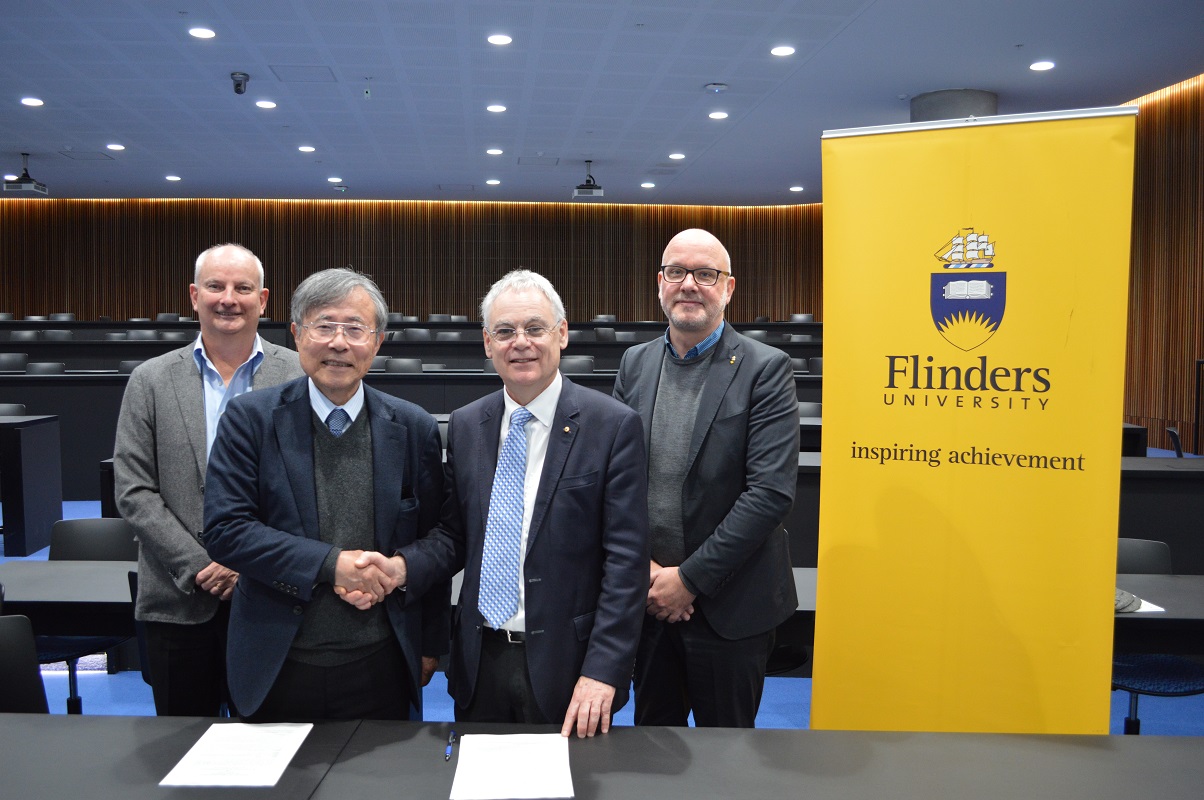
The newly named Flinders Institute for Nanoscale Science and Technology was announced on June 14. This comes on the back of an incredibly successful year for nanotechnology research within the Flinders Centre for Nanoscale Science and Technology. Professor Robert Saint, Deputy Vice-Chancellor (Research), made the announcement in front of the Institute’s research leaders, staff, students, and several collaborators at the 8th Annual Conference. This was an exciting day, also including the signing of a new MOU for international collaboration. Invited speakers included Stefan Harrer from IBM Research who spoke on “From Wearables to THINKables: Artificial Intelligence in Healthcare and Life Sciences Research”, and Leo DeYong from DST Group who spoke on “Research Challenges and Opportunities in Defence”.
“This is a very exciting time for us and the elevation to institute status reflects the performance and breadth of collaborations and partnerships across academia and industry.” Said Professor David Lewis, Director of the Institute.
“The MOU with the Green Research Centre in the National Institute for Materials Science in Japan that was signed today is another example of our high regard within international organisations.”

In addition to keynote presentations and MOU signings, the delegates discussed ideas on how (and when) to best communicate their research, hearing from Dr. Lisa Bailey from Australia’s Science Channel, and heard about opportunities in groundwater research from the 2015 South Australian Scientist of the Year, Professor Craig Simmons. A poster session ended the day, giving invited guests the chance to explore some of the cutting-edge nanotechnology research happening within the Institute. Professor David Lewis closed the conference by announcing PhD candidate Belinda Bleeze as the winner of the 2018 Best Poster Award. This award includes up to $300 towards the costs of attending an external conference and will help Belinda to present her research to the wider scientific community.

